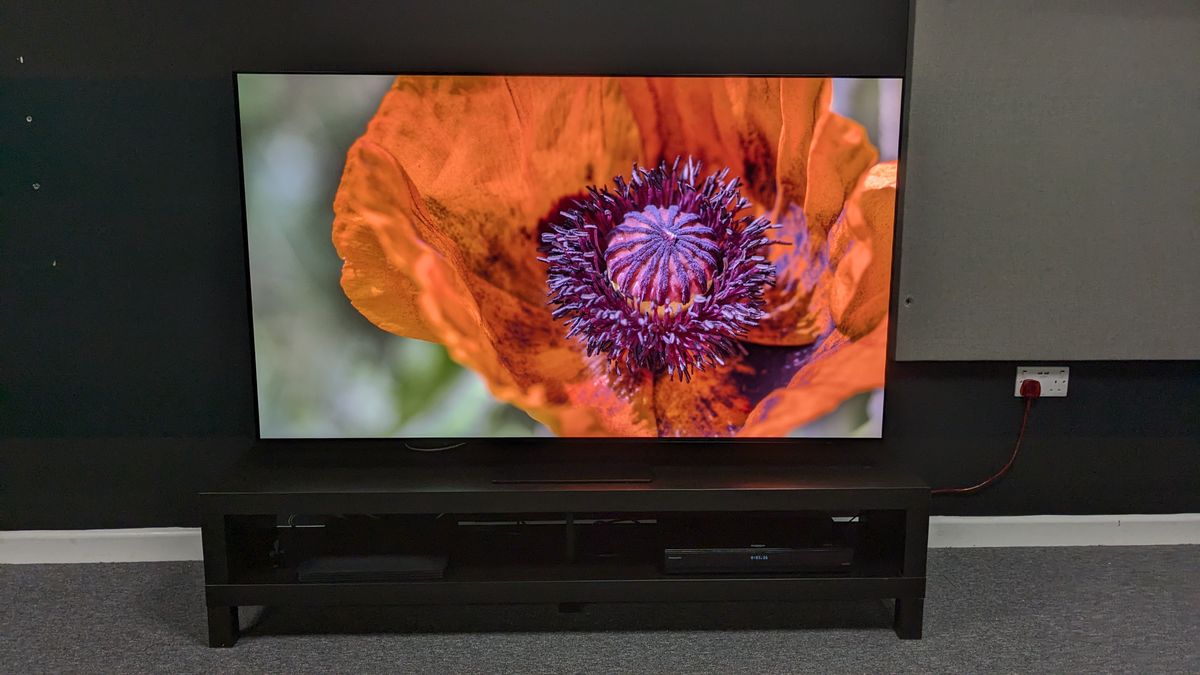Recycling isn’t just better for the environment. It could make some of the best OLED TVs cheaper too.
That’s the news coming from Samsung Display, which says it’s developed technology that can very efficiently recycle quantum dot ink that would be wasted in the manufacturing process. That’s a crucial component of QD-OLED panels, and the new tech means it can now recover and process 80% of the ink that would normally be lost during manufacturing. That should mean more affordable QD-OLED TVs, when combined with other developments.
Why Samsung is thinking ink
Making a QD-OLED display uses a lot of ink. As Samsung explains, the quantum dot layer is made using an inkjet printing process that sprays red and green QD ink through micrometer-sized nozzles.
Until now roughly 20% of that ink ended up stuck in the nozzles and then discarded. When you think how many panels Samsung makes, that represents an awful lot of waste and an awful lot of money. So recovering and re-using four-fifths of it means lower costs.
The new recycling process isn’t some far-future idea; it’s being used right now on Samsung’s QD-OLED production line. And according to Samsung the recycled QD ink is just as good as the original: it “undergoes advanced synthesis technology that revives its purity and optical properties”, delivering the same performance as the original QD ink.
There are more improvements to come, Samsung says: it’s focused on improving productivity and yield on the production of QD-OLED screens in general, which are key factors in panel prices on the best TVs and the best gaming monitors (where QD-OLED is also proving to be a huge hit). The more efficient the production, the lower the cost per panel – and the lower the cost of the TV it ends up in.
The recycling process won’t have a huge change on its own, but when combined with lots of other small changes, we could get the more budget QD-OLED we’ve been hoping for. In the meantime, if you want a cheaper QD-OLED, you’ll have to keep an eye on the best Black Friday OLED TV deals.





